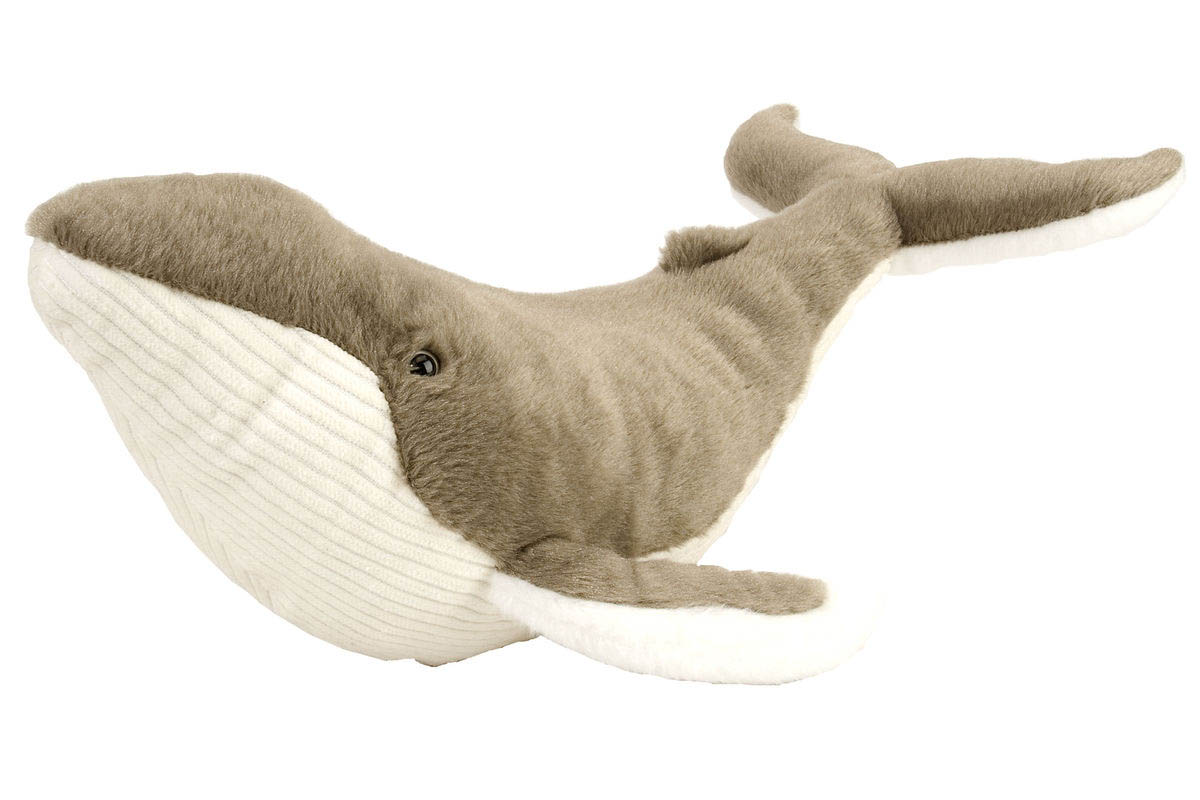
Shoppers Feedback:
Jan 17, 2017
Hello Ros,
I have now paid the invoice, but I would like to write to you just to say a big THANK YOU for getting me the Penguin!
The ChatterMate Penguin became a nice memory for me when I was in New Zealand, and I am so greatful to you for arranging so that I could have it! :-)
Thank you so much!!!!!!!!!!!
Regards,
Malin
Hi Ros,
Many thanks for your very kind email. I really appreciate your prompt reply!
I appreciate your advice regarding the decorations and customs. These are a gift for my daughter’s exchange student family so when she returns home on the weekend I will show her and see if she loves them as much as I do!
Thanks so very much again - I am truly grateful for your kind assistance.
Kind Regards
Bernadette
Ros,
Thanks again for the great customer service. It's a refreshing change!
Best regards,
Trevor
Hey Roz,
Thank you for your emails. Just loved my first order. The cute little Aussie bush critters are going to be used for an office Christmas decoration. My colleagues also liked them and talked about making an order to your site. I'll send you a photo when completed.
I'll be ordering more to send to my daughter's host family in America.
Fabulous service from you.
Kind regards,
Michelle
Thankyou. Order arrived today. One very happy grandson with his new beastly binoculars.
Regards,
Irene
- Home
- Wild Wonders
- Shop
- Aromas of Australia
- Australian Made
- Books
- Book Marks
- Christmas Decoration Sale
- Christmas Decorations
- Clocks
- Drink Holders
- Garden & Outdoor
- Gift Wrapping & Cards
- Home & Giftware
- Jewellery
- Keyrings
- New Products
- Pencils & Pen Holders
- Photo Frames
- Plush Toys
- Plush with Sound
- Sheepskin Rugs
- Stationery
- Stone Carvings
- Toys & Games
- Travel Goods
- Wedding
- Wild Figurines
- Wildlife Safety Products
- Wind Chimes
- Wine Charms
- View All Products
- Wildlife
- Australiana
- Explore
- Contact Us
Humpback Whale 15" Plush
This large plush Humpback Whale is one of the magestic mammals of the seas. It is highly detailed, uses the finest of fabrics and is perfect for cuddling!
Humpback Whale General Information
The Humpback Whale is one of the planets great migration spectacles. Each year between April and November, the whales migrate to Australias eastern and western coastlines are where they mate and give birth. The exact timing of the migration period can vary from year to year. It depends on water temperatures, sea ice, predation risks, prey and the exact location of their feeding ground.
During the migration, whales can swim approximately 10,000 kilometres. During the summer months, the humpback whales feed on krill in the Antarctic waters.
Once hunted to the verge of extinction, it is now worth more alive – both environmentally and economically. This whale was valued once only when it was dead – this was in the days of whaling.
Individual humpbacks still face threats — they can become entangled in fishing gear or be struck by ships. Scientific whaling, pollution, climate change, ocean noise and unsustainable tourism may also affect the population. The Australian Government continues to fund non-lethal research and other activities to promote whale conservation. The more we understand about these animals, the more we are able to recognise their true value to the world and improve their chances of recovering further from the impacts of whaling.
BUSH e-TELEGRAPH
Signup for our monthly newsletter the "e-Telegraph"
Quick Links
Home | The Beginning | About The Land Down Under | Wild Wonders | Advertise on Wild Wonders | Christmas Decoration Sale | Christmas Tree Decorations | Drink Holders | Plush with Sound | Stone Carvings | Wildlife Wine Charms | Freebies | Australian Wildlife | Help Our Wildlife | Australiana | Photo of the Month | Explore The Land Down Under | Contact Us | Legal Notices

